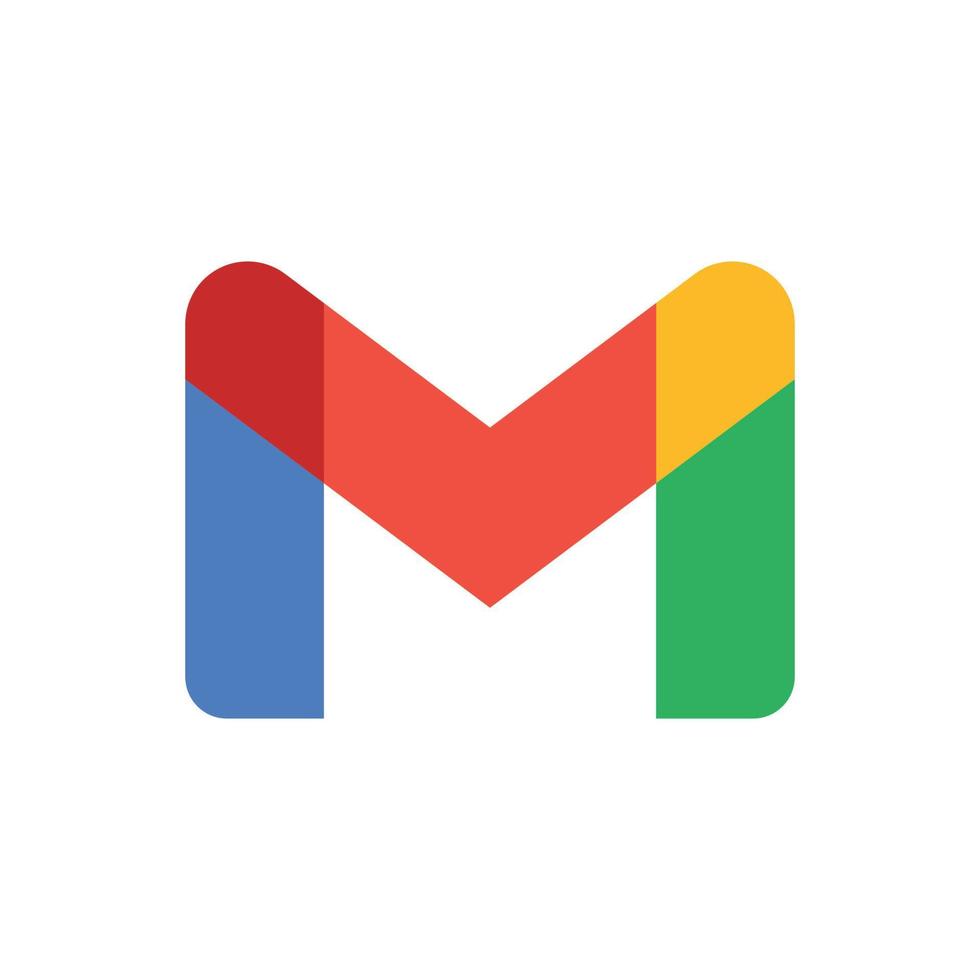SurveyForge: Collaborative Conversion Survey Builder
import logging
from gunicorn.app.base import BaseApplication
from app_init import create_initialized_flask_app
# Flask app creation should be done by create_initialized_flask_app to avoid circular dependency problems.
app = create_initialized_flask_app()
# Setup logging
logging.basicConfig(level=logging.INFO)
logger = logging.getLogger(__name__)
class StandaloneApplication(BaseApplication):
def __init__(self, app, options=None):
self.application = app
self.options = options or {}
super().__init__()
def load_config(self):
# Apply configuration to Gunicorn
for key, value in self.options.items():
if key in self.cfg.settings and value is not None:
self.cfg.set(key.lower(), value)
def load(self):Created: | Last Updated:
Here's a step-by-step guide for using the SurveyForge: Collaborative Conversion Survey Builder template:
Introduction
The SurveyForge template provides an admin web app for collaborative creation and management of conversion surveys. It allows teams to input URLs, configure prompts, and manage team access for survey creation.
Getting Started
To begin using this template:
- Click "Start with this Template" in the Lazy Builder interface.
Test the Application
After starting with the template:
- Click the "Test" button in the Lazy Builder interface.
- This will deploy the application and launch the Lazy CLI.
Using the Application
Once the application is deployed, you'll be provided with a server link to access the admin dashboard. Here's how to use the main features:
-
Login: Use the authentication system to log in. The app supports various authentication methods, including email domains and individual user accounts.
-
Create a Survey:
- Navigate to the "Surveys" section.
- Click "Create New Survey".
- Enter the webpage URL you want to analyze.
- Choose the number of questions (between 3 and 10).
- Click "Generate Survey" to automatically create survey questions based on the webpage content.
-
Review the generated survey and click "Save Survey" if satisfied.
-
Manage Team Access:
- Go to the "Company Admins" section.
- Add individual admin emails or allow entire email domains for access.
-
Use the block/unblock features to manage access as needed.
-
Preview and Edit Surveys:
- In the "Surveys" section, use the "Preview" button to see how the survey will appear to respondents.
-
Use the "Edit" button to modify survey questions or options.
-
Delete Surveys:
- In the "Surveys" section, use the "Delete" button to remove unwanted surveys.
Integrating the App
This application is designed to be used as a standalone admin tool for survey creation and management. The surveys created can be integrated into your website or other tools using the following steps:
-
After creating a survey, use the "Preview" feature to get the survey structure.
-
Implement the survey structure in your frontend application or website. You can use the following sample code as a starting point:
```html
```
-
Implement a backend API to receive and store the survey responses. You can create endpoints for submitting responses and retrieving survey data.
-
Use the survey data collected to improve your conversion rates and user experience on your website.
By following these steps, you can effectively use the SurveyForge template to create, manage, and integrate conversion-focused surveys into your web applications.
Here are the top 5 business benefits of this template:
Template Benefits
-
Streamlined Survey Creation: Automatically generates conversion-focused surveys based on webpage content, saving time and effort in survey design.
-
Collaborative Team Management: Provides a robust system for managing team access, including domain-level permissions and individual admin controls.
-
Customizable Survey Generation: Allows users to specify the number of questions and preview generated surveys before saving, ensuring relevance and quality.
-
Efficient Content Analysis: Utilizes AI to analyze webpage content and create targeted questions, improving the effectiveness of conversion surveys.
-
Flexible Survey Management: Offers features to edit, preview, and delete surveys, enabling teams to iteratively improve their conversion strategies.
Technologies
 Python App Templates for Scraping, Machine Learning, Data Science and More
Python App Templates for Scraping, Machine Learning, Data Science and More

 Edit Profile
Edit Profile Manage Plan
Manage Plan Token Usage
Token Usage Hosting Overview
Hosting Overview Logout
Logout



